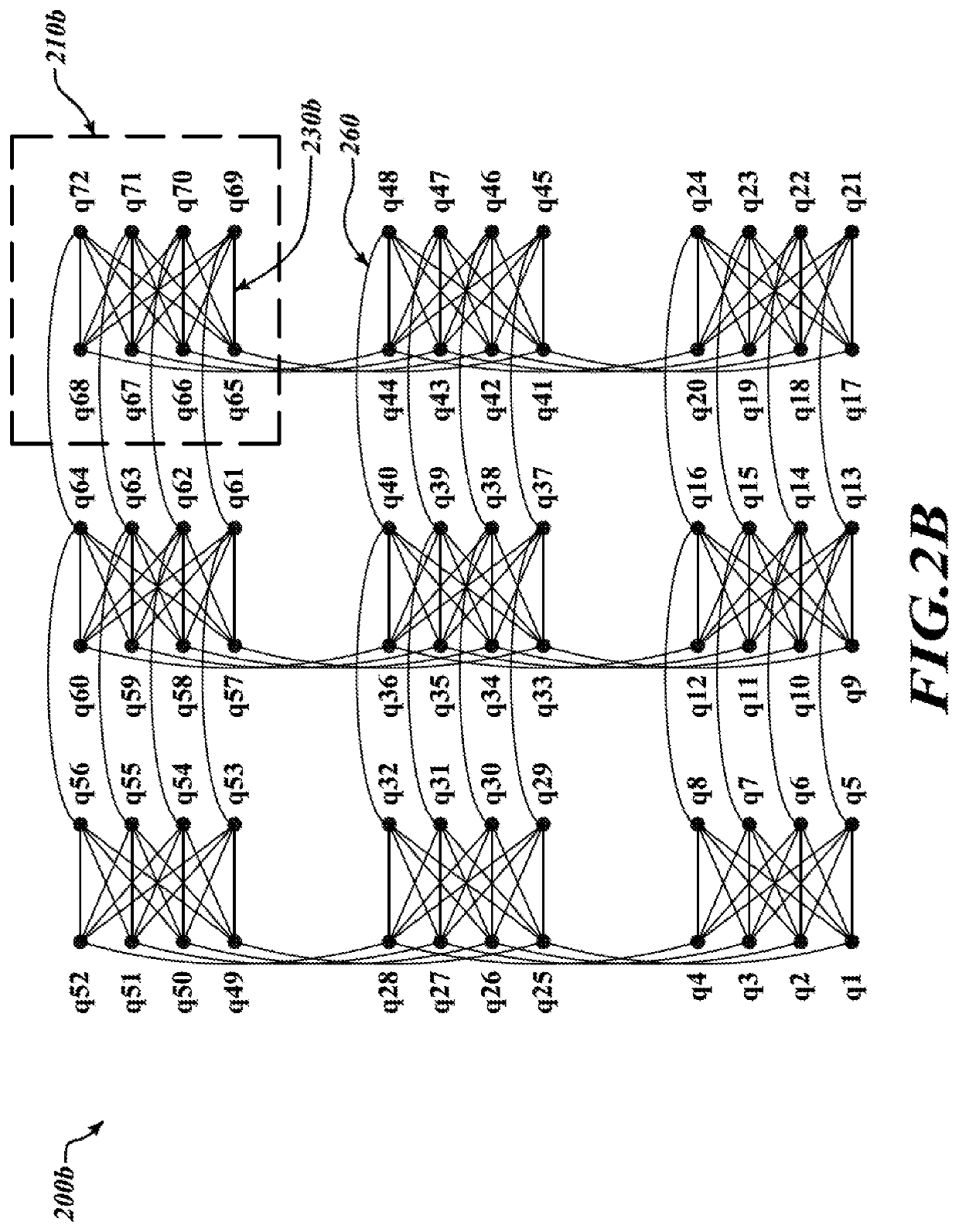Systems and methods for machine learning using adiabatic quantum computers
a technology of adiabatic quantum computers and machine learning, applied in the field of systems and methods for machine learning using adiabatic quantum computers, can solve problems such as noise and effects
- Summary
- Abstract
- Description
- Claims
- Application Information
AI Technical Summary
Benefits of technology
Problems solved by technology
Method used
Image
Examples
example implementations
[0090]Algorithm 1 is an exemplary pseudocode showing a method for training a quantum deep belief network, in accordance with the presently described systems, devices, articles, and methods. Algorithm 1 is an example implementation of method 300 of FIG. 3. Algorithm 1 establish the input and output, and initialize the model parameters. Algorithm 1 then tests to determine if a stopping criterion has been met. While the stopping criterion has not been met, algorithm 1 proceeds to define the processing of each mini-batch or subset.
[0091]
Algorithm 1: Train generic qDBNdef trainQDBN ( )| Input : A data set X, where X [:, i] is the ith element, and a learning rate | parameter e| Output: Model parameters: θ = {U, μ, W, b, α}| Initialize model parameters with random values| while Stopping criteria is not met do| | foreach minibatch Xpos = getMinibatch (X, m) of the training dataset do| | | Draw m samples from the (approximate) posterior Zpos ← posSamples | | | (Xpos)| | | ...
PUM
 Login to View More
Login to View More Abstract
Description
Claims
Application Information
 Login to View More
Login to View More - R&D
- Intellectual Property
- Life Sciences
- Materials
- Tech Scout
- Unparalleled Data Quality
- Higher Quality Content
- 60% Fewer Hallucinations
Browse by: Latest US Patents, China's latest patents, Technical Efficacy Thesaurus, Application Domain, Technology Topic, Popular Technical Reports.
© 2025 PatSnap. All rights reserved.Legal|Privacy policy|Modern Slavery Act Transparency Statement|Sitemap|About US| Contact US: help@patsnap.com



